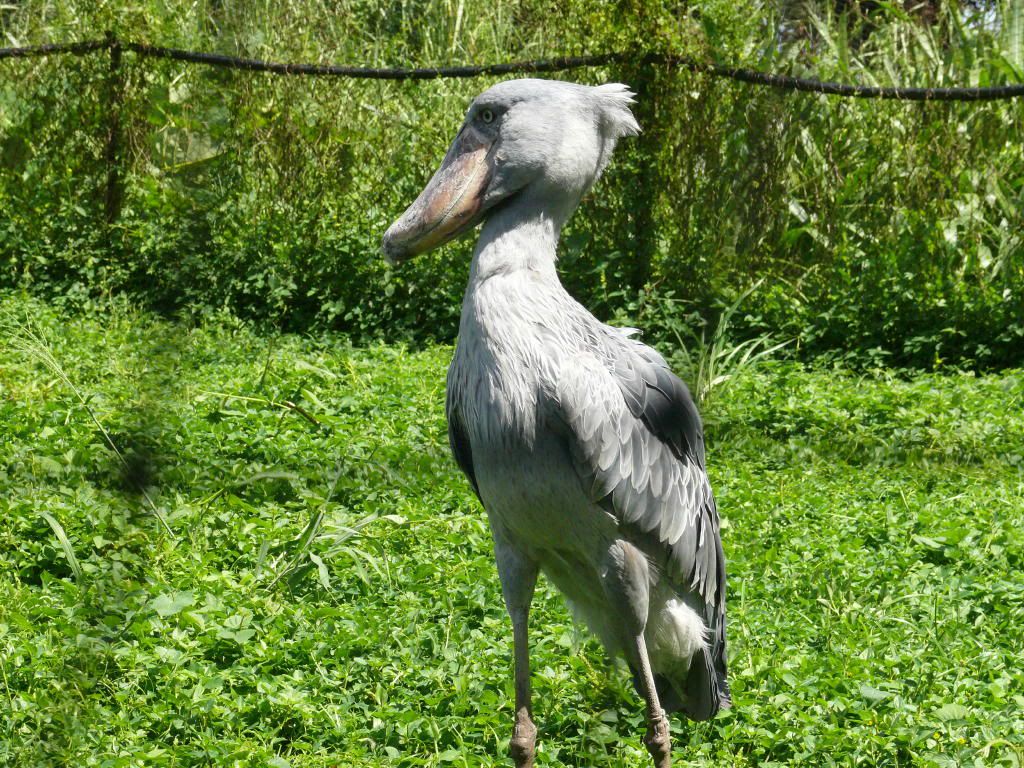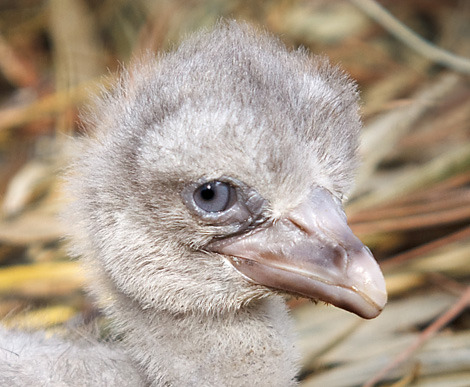A
slender-bodied, quizzical-looking creature, slinking along the forest floor;
bounding through tree tops at an amazing rate (so fast that scientists have a
hard time observing it); almost flying after lemurs and birds…This is the Fossa
of Madagascar.
The largest carnivore (meat eater) in Madagascar, the
Fossa is truly a one-of-a-kind predator. The tail is almost as long as the
elongated, muscular body and provides balance when jumping through tree tops. A surprisingly short snout and small head add
a curious look to this animal. The fur
is very short and reddish to golden brown in color. And the extra small ears might
make you think you are looking at a weasel. Though similar in appearance to a
feline (for their body shape and face), monkey (for their long, long tail and
agility in trees), and weasels (look at those little round ears!) they are actually
related to mongooses and civets. Male Fossas usually weigh from 13 to 22 pounds
and measure 31 inches long. Females are somewhat smaller, weighing 11 to 15
pounds and measuring 27 inches long.
This unique
species has some more interesting features, including semi-retractable claws
(You know how a cat can pull in its claws? Fossas can only pull them in part of
the way), and flexible wrists, which make it a lot easier to climb down a tree head-first.
They are comfortable running along the ground like a bear, however.
Another
interesting feature is the laughing, grunting sounds that they make when they
are happy. Fossas also chirp and purr.
Fossas are usually
forest dwellers, sometimes living in deciduous forests, sometimes in rainforests,
and occasionally in spiny forests. They hunt by day or night. They can fly through
the treetops like monkeys, and often do their hunting there. Lemurs make up
more than 50% of the diet of forest dwelling animals, but insects, crabs, reptiles,
birds (including ground birds), and rodents may all become prey. Fossas are the
only predator in Madagascar able to prey on adult lemurs. The largest of these
lemurs can be up to 90% of the Fossas weight.
They ambush their prey, pouncing on it with their front feet and killing
it like a cat would.
One
to six (typically two to four) blind and toothless baby Fossas, called pups, are
born after 3 months in the womb. The mother will make a den underground, in a
rock crevice, hollow tree, or old termite mound just before the pups are born. They
usually weigh from 3 to 3 ½ oz. They are
very dependent on their mother at first, drinking her milk for food, and
depending on her for protection and shelter. Their eyes open after 15 to 25 days,
and they will be weaned after 4½ months. Fossa pups are very slow to develop,
and will not leave their den until they are four months of age. They will stay
with their mother for up to a year. Fossas are solitary creatures, and after
the pups leave home they will scent mark an area to be their home. The size of
the area will vary according to the amount of prey in that climate. They will
usually stay there, sleeping in a different place every night, though it is
known that they can travel up to 16 miles a day. These pups will keep growing
until they are two years old, and when they are four years old they will start their
own family.
Fossas live
only in Madagascar. Though you can find a few in nearly every forest, they are
rare. In 2,000, there were less than 2,500, and their numbers today are
unknown. Fossa habitat destruction plays a major role in the decline of their
numbers. Fossas also occasionally kill chickens, and so locals kill them.
Sometimes they have to compete with introduced animals, such as civets, for
their food.




